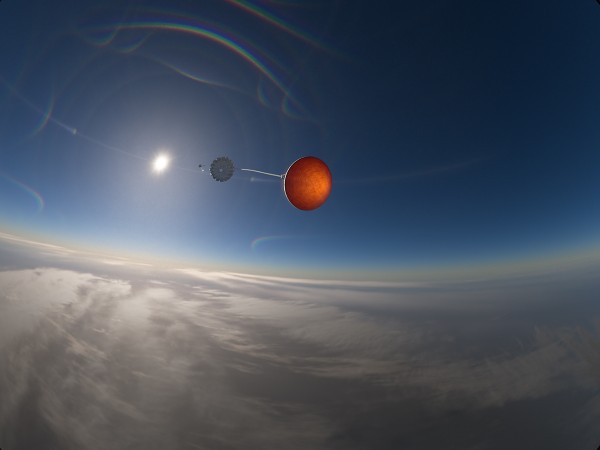
People hardly take the time to wonder what’s going on in their neighborhood let alone out in the universe. Going to a planetarium changes that. Everyday concerns dissolve in the dimly lit, dome-shaped theater. The visuals pop on screen and you take off, soaring into space and back in time.
Soaring on a beam of light
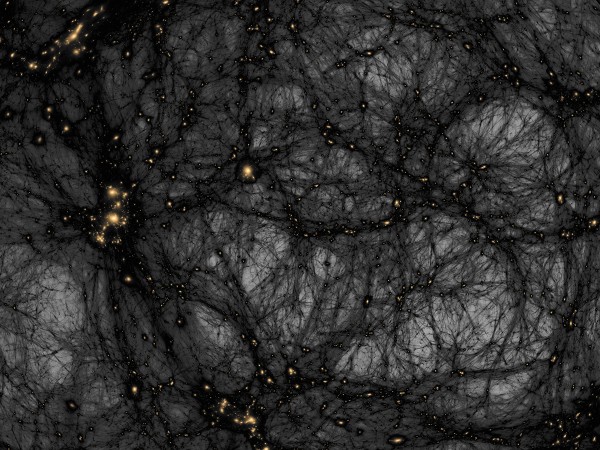
The point of the new show at the California Academy of Sciences is that the universe has no end. Almost fourteen billion years ago—in fire hotter than the center of the sun, hot enough to forge simple atoms—the universe was born. The Big Bang scattered matter and energy into the cosmic void. Clusters of galaxies formed, each cluster cradling trillions of stars.
Suns die, supernovas explode and the universe expands. Since its inception, the universe has grown but in the past five billion years, the rate has accelerated. The pressure to expand comes from dark energy, which makes up 68 percent of the universe. “Cosmic space is constantly stretching, carrying the galaxies with it,” says the narrator.
The universe has no outer edge, nor does it have a center. But dark matter holds the universe in a cosmic web that repels light.
We see the web writhing on the screen. “Now it seems that all the glowing stars,”says the narrator,“are just the glittering froth of a dark cosmic ocean of invisible stuff called dark matter.”
A new perspective
Coming back to our disc-shaped galaxy, the Milky Way, we land to the sound of a symphonic flourish. Astrophysicists working all over the world (read the credits), spend their lives wondering what’s happening beyond our planet. They piece together a startling, never-ending story from reams of data collected from telescopes, satellites and space probes. In 2013, the Planck satellite confirmed that normal matter (stars, planets) amounts to a paltry 5 percent of the universe.
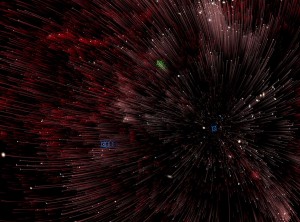
Theater lights go up. We exit to the sunlight-filled atrium. My brain resists answering the question, “Where should we go for lunch?” I want to hold on to that taste of the limitless. Looking up through the atrium’s skylight, I wonder if what is happening now up there will ever be observed, studied, analyzed.
Our species, in the course of evolution, may yet transcend the space-time barrier and take a real spin into the universe. It will put planetariums out of business.
Dark Universe plays daily at the Morrison Planetarium, California Academy of Sciences, Golden Gate Park, San Francisco until October 9, 2014. The show captivates with flashy 3D rendering and storytelling. Tim Ferris’s script, which I’ve quoted, is laced with gems.
Neil deGrasse Tyson’s voice conveys his passion for exploring the cosmos. Dr. Tyson hosts a follow-up to Carl Sagan’s landmark television series Cosmos on FOX in spring 2014.
View the show trailer. Call (415) 379-8000 for admission prices.
—Donna Peck
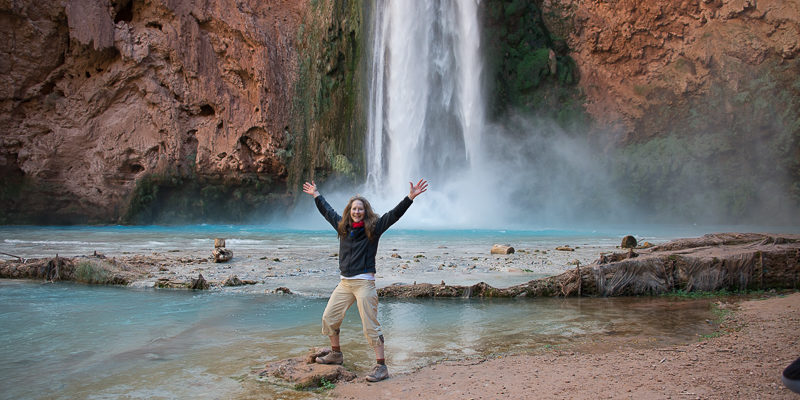

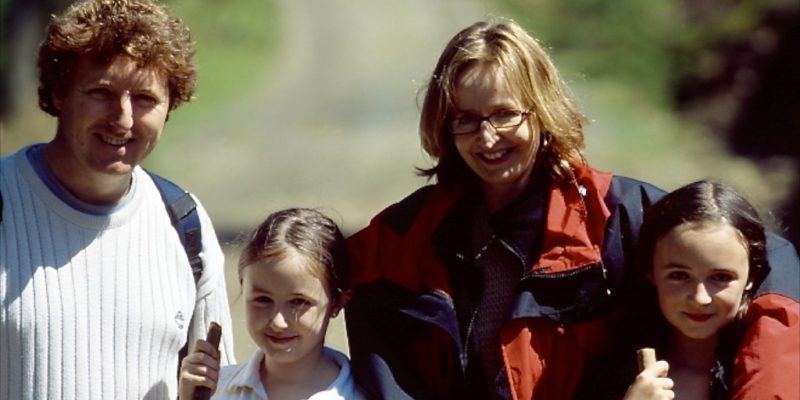



Leave a Reply